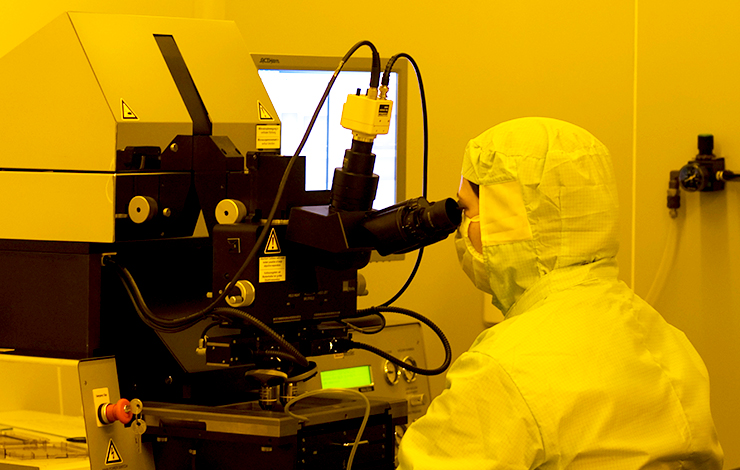


Sensing surface morphology of biofibers by decorating spider silk and cellulosic filaments with nematic microdroplets
| Title | Sensing surface morphology of biofibers by decorating spider silk and cellulosic filaments with nematic microdroplets |
| Publication Type | Journal Article |
| Year of Publication | 2016 |
| Authors | Aguirre LE a, De Oliveira A a, c Seč D b, Čopar S b, d Almeida PL a, e Ravnik M b, Godinho MH a, e Žumer S b |
| Journal | Proceedings of the National Academy of Sciences of the United States of America |
| Volume | 113 |
| Pagination | 1174-1179 |
| ISSN | 00278424 |
| Keywords | Article, Atomic force microscopy, Cellulose, Chirality, fiber, Latrodectus geometricus, liquid crystal, microfilament, nonhuman, polarization microscopy, priority journal, Scanning electron microscopy, silk, spider, surface property |
| Abstract | Probing the surface morphology of microthin fibers such as naturally occurring biofibers is essential for understanding their structural properties, biological function, and mechanical performance. The state-of-the-art methods for studying the surfaces of biofibers are atomic force microscopy imaging and scanning electron microscopy, which well characterize surface geometry of the fibers but provide little information on the local interaction potential of the fibers with the surrounding material. In contrast, complex nematic fluids respond very well to external fields and change their optical properties upon such stimuli. Here we demonstrate that liquid crystal droplets deposited on microthin biofibers-including spider silk and cellulosic fibers-reveal characteristics of the fibers' surface, performing as simple but sensitive surface sensors. By combining experiments and numerical modeling, different types of fibers are identified through the fiber-to-nematic droplet interactions, including perpendicular and axial or helicoidal planar molecular alignment. Spider silks align nematic molecules parallel to fibers or perpendicular to them, whereas cellulose aligns the molecules unidirectionally or helicoidally along the fibers, indicating notably different surface interactions. The nematic droplets as sensors thus directly reveal chirality of cellulosic fibers. Different fiber entanglements can be identified by depositing droplets exactly at the fiber crossings. More generally, the presented method can be used as a simple but powerful approach for probing the surface properties of small-size bioobjects, opening a route to their precise characterization. |
| URL | https://www.scopus.com/inward/record.uri?eid=2-s2.0-84957310592&doi=10.1073%2fpnas.1518739113&partnerID=40&md5=7723b816ed9397c43b69b26f59319102 |
| DOI | 10.1073/pnas.1518739113 |








